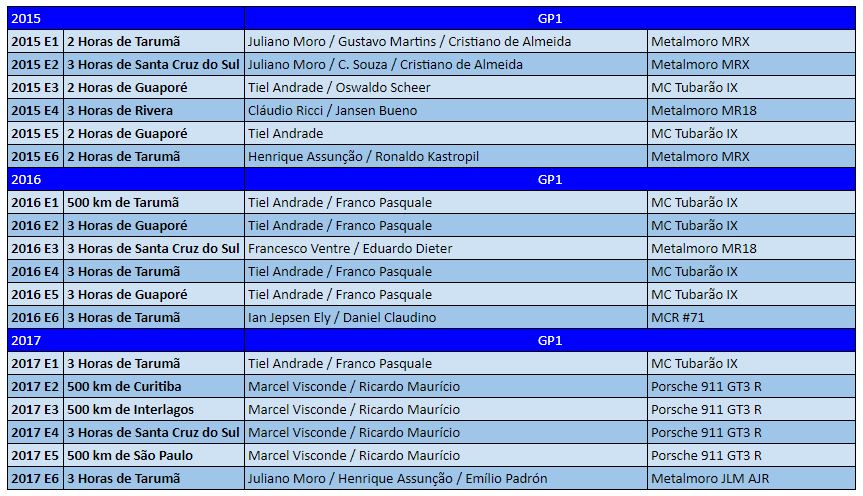In today’s chapter we bring the history of the GP1 class (Gran Turismo & Prototypes 1), which was the premier class of Endurance Brasil between the 2015 and 2017 seasons. The regulations at that time mandated that imported GT3 models and national prototypes . with naturally aspirated engine over 2,100 cm³ or supercharged would compete in the GP1 class. The GP1 regulations were an evolution of class I of the Campeonato Gaúcho de Endurance, which in turn was based on that of the old Brazilian Endurance Championship.
Although this mix between GTs and Prototypes may surprise the occasional viewer, it is necessary to look at this choice within the historical context, as the objective in the early days of the Brazilian Endurance Championship was for national prototype manufacturers to have the chance to compete on an equal footing with older competitors. wealthy people who could afford imported cars. To achieve this, imported models were limited to GT models, thus preventing someone with deeper pockets from bringing a cutting-edge prototype like the LMP1 and LMP2 and completely dominating the championship.
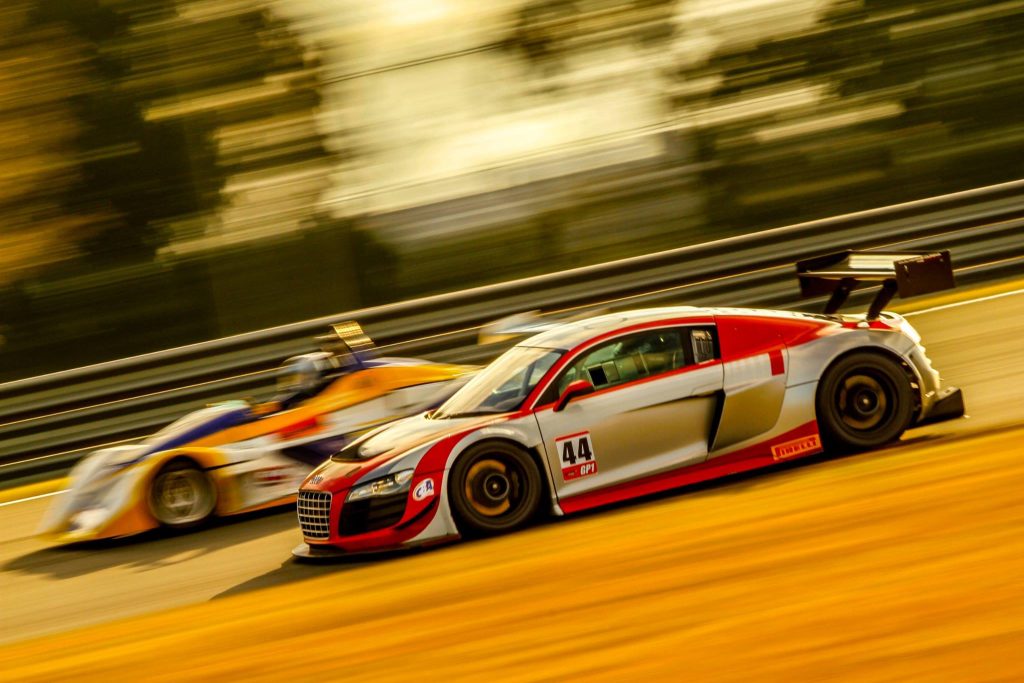
Audi R8 LMS GT3
One of the legacies of GT3 Brasil, the passage of the Audi R8 LMS GT3 (owned by the Ebrahim family) through Endurance Brasil did not repeat the good results obtained during the GT championship. With just one participation in the GT1 class in the 500 km of Curitiba, the duo Betinho Valério and Fábio Ebrahim placed the car in an excellent 4th place in the grid, but abandoned the race with just over a third of the laps completed by the winner.
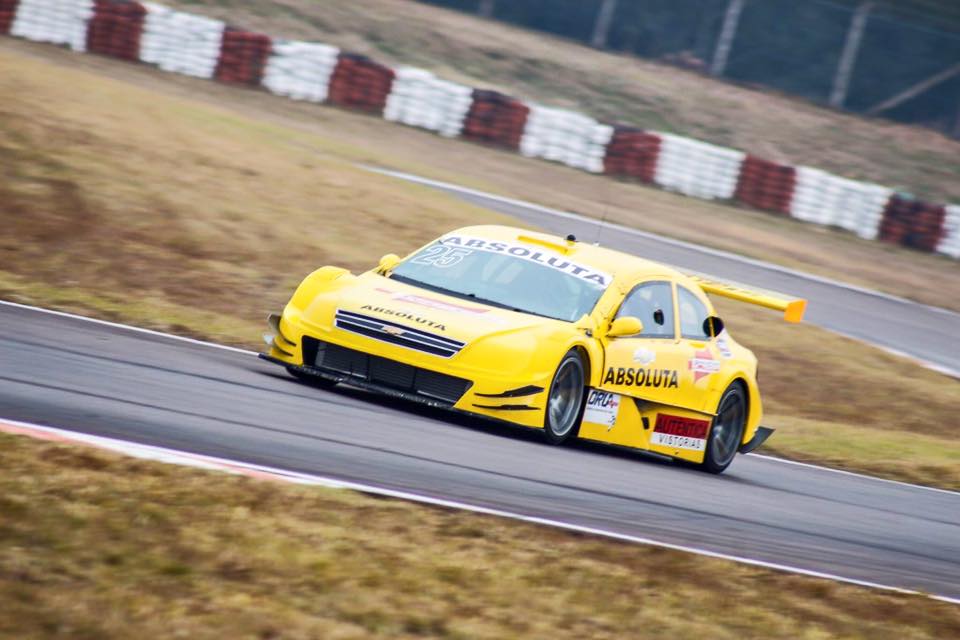
Chevrolet Vectra Stock Car
One of the classics of Brazilian Endurance in the 2010s, the Vectra Stock Car from Ney Faustini’s Absoluta Racing team is closely linked to the history of Endurance Brasil, as it participated in the opening round of the 2015 season. With a 580 Chevrolet V8 Quadrijet engine hp, the Stockão was a sight in itself in the tests, with the deep growl of the V8 contrasting with the 4-cylinder turbo engines usually found on the prototypes of the GP1 class.
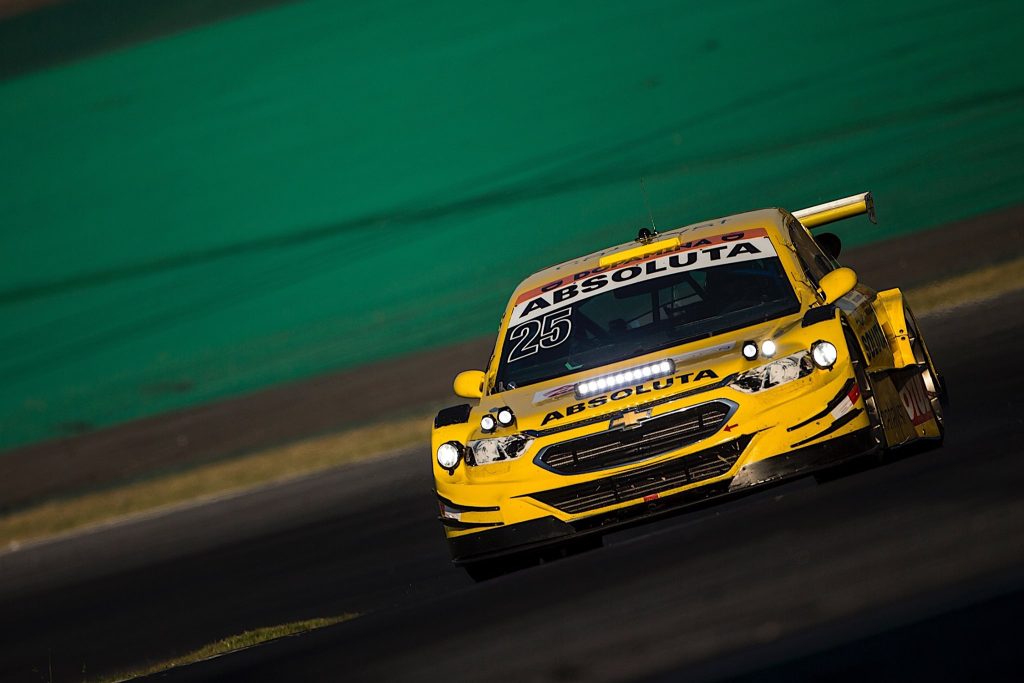
Chevrolet Cobalt Stock Car
Being closely tied to Chevrolet, as Absoluta is not only a race team but also a dealer network for the American brand, it made little sense for the team to continue competing with the Vectra bodywork, a car that had been discontinued since 2011. To achieve this, a new bodywork inspired by the Cobalt was designed by Neyzinho Faustini, and executed by Carlos Tigueis for the 2016 season. With the new look, but maintaining the mechanics, the new car’s highlight was third position in the GP1 class in the stage of the 2016 season, in Tarumã.
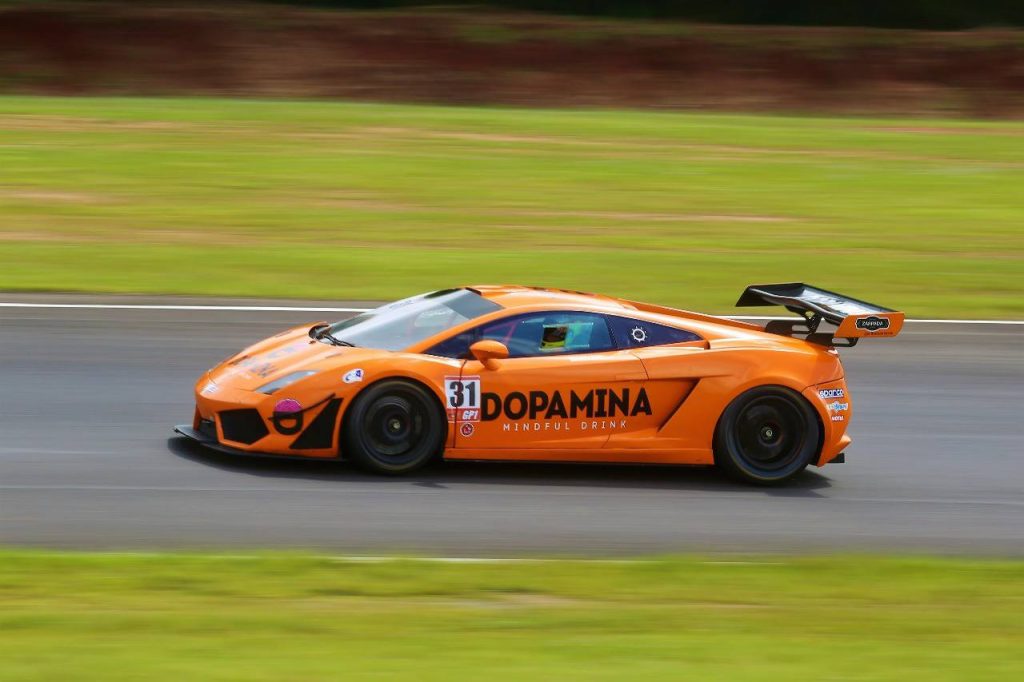
Lamborghini Gallardo LP560 GT3
Developed by Reiter Engineering, the Gallardo LP560 GT3 is another legacy of GT3 Brasil, with the first units arriving in Brazi for the 2010 season. Fernando Poeta’s car was a common sight the 2015, 2016 and 2017 seasons of Endurance Brasil, always proving to be a competitive entry and obtaining a series of second and third positions in its class, but without clinching any victory. Even so, the Gallardo became a fan favorite, due to the wonderful roar of the Italian V10 engine that is still remembered today by those who were able to follow the races closely.
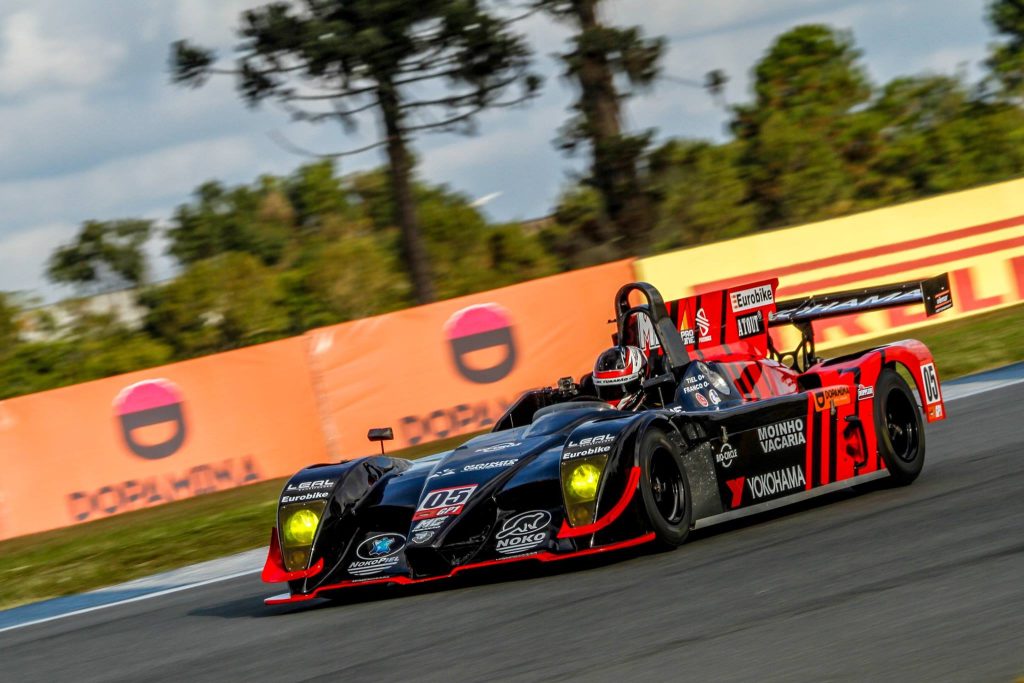
MC Tubarão IX
Based on the MRX survival cell, the Tubarão IX prototype was presented in 2012 with a Ford Duratec Turbo engine, to compete in class I of the Gaúcho Endurance Championship and also the Top 1 PR class of Top Series, then the name of the Brazilian Endurance Championship. The Tubarão IX has an enviable winning record including 7 overall and GP1 class victories in the Endurance Brasil and the GP1 class championship in 2016 season for Tiel de Andrade and Franco Pasquale.
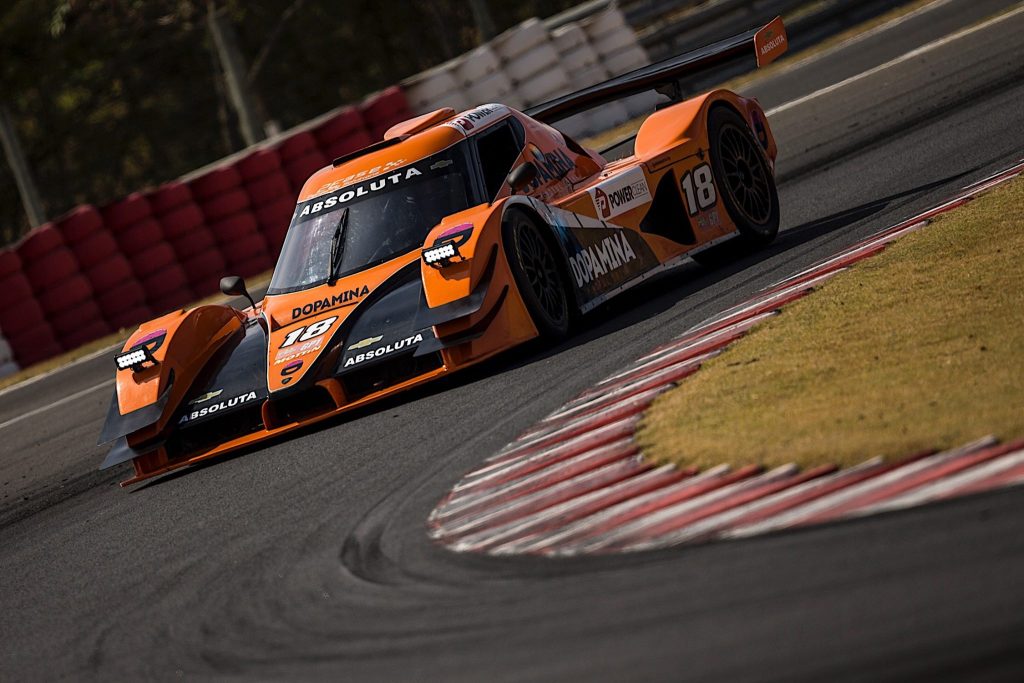
MCR Grand Am
One of the most iconic prototypes of Endurance Brasil, the MCR Grand Am is another of the creations of engineer Luiz Fernando Cruz. Developed based on the American regulations for Daytona Prototypes, the MCR Grand Am was built using several mechanical elements from the Lamborghini Gallardo LP560 GT3, such as the engine, transmission and even the rear spoiler. Having debuted on the tracks in 2016, the model was highlighted by victory in the 12 Hours of Tarumã in 2016 and an enviable record of reliability among national prototypes, despite having only achieved one victory in the GP1 class, in the Campeonato Gaúcho de Endurance.
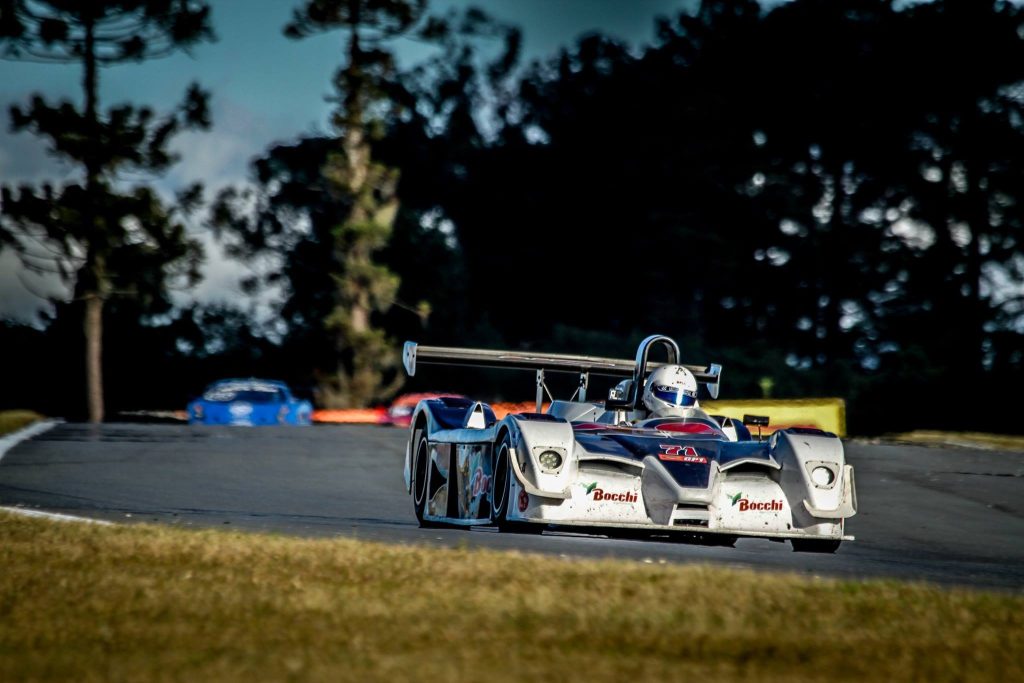
Metalmoro MCR #71
Originally a project developed jointly by Metalmoro, Mottin Racing and engineer Luiz Fernando Cruz, the MCR debuted in 1999, winning the 12 Hours of Tarumã, in addition to a series of victories in endurance racing in the Gaucho and Brazilian championships, and has also migrated to UK to be the major force in the Sports 2000 championship. In particular, the Hoerlle family’s MCR #99 achieved several victories, until it went to the hands of driver Ian Jepsen Ely, who together with Daniel Claudino took victory in the GP1 class in the closing round of the 2016 season.

Metalmoro MRX
Presented in 2009 as the successor to the MCR, the MRX prototype represented a major evolution for Metalmoro prototypes, after 10 years of major victories across the country. Competitive since its debut, the new car won overall in the four most important Brazilian endurance races: 12 Hours of Tarumã in (2009, 2012 and 2013), 500 km of São Paulo (2013, 2016, 2020, 2021 and 2023), 500 Miles of Londrina (2012, 2015, 2019 and 2021) and the Brazilian Mille Miglia (2021). Also in Endurance Brasil, the MRX prototypes were a force in the P2 class, managing also 2 wins and the title for the GP1 class in 2015, with drivers Juliano Moro e Christiano Almeida. Besides the MRX #28 of Juliano Moro, with Audi Turbo engine, the MRX #65 of the Ribeiro family (Ford Duratec Turbo) and #80 of Alexandre Finardi (Nissan V6 NA) stood out with outstanding performances in the GP1 class.

Metalmoro MRX #26
After earning the championship title of the 2014 Campeonato Gaúcho de Endurance, winning 3 of the 6 stages contested, the Scheer family’s MRX Opel Turbo received a large pack of updates for the 2015 season, with changes to the bodywork, suspension and mainly the adoption of 18-inch wheels, with larger brakes and tires. Unfortunately, the changes did not have the desired effect, and the model was not successful in the races it competed between the 2015 and 2016 Endurance Brasil seasons.

Metalmoro MR18
Created as an evolution of the MRX, the MR18 debuted at the 2013 12 Hours of Tarumã with great expectations. With a closed cockpit and Le Mans-style design, the Metalmoro prototype received several engines such as the Audi Turbo, Honda K20 Turbo and Mitsubishi Turbo, and a car was even built with a Radical V8 3.0 engine, but inever competed. In Endurance Brasil, the model obtained two victories in the GP1 class: with Cláudio Ricci and Jansen Bueno in the 3 Hours of Rivera in 2015 and with Francesco Ventre and Eduardo Dieter in the 3 Hours of Santa Cruz do Sul in 2016. The arrival of the AJR in 2017 made the MR18 obsolete, with several teams migrating to the new prototype or to their own projects, such as the DTR01.
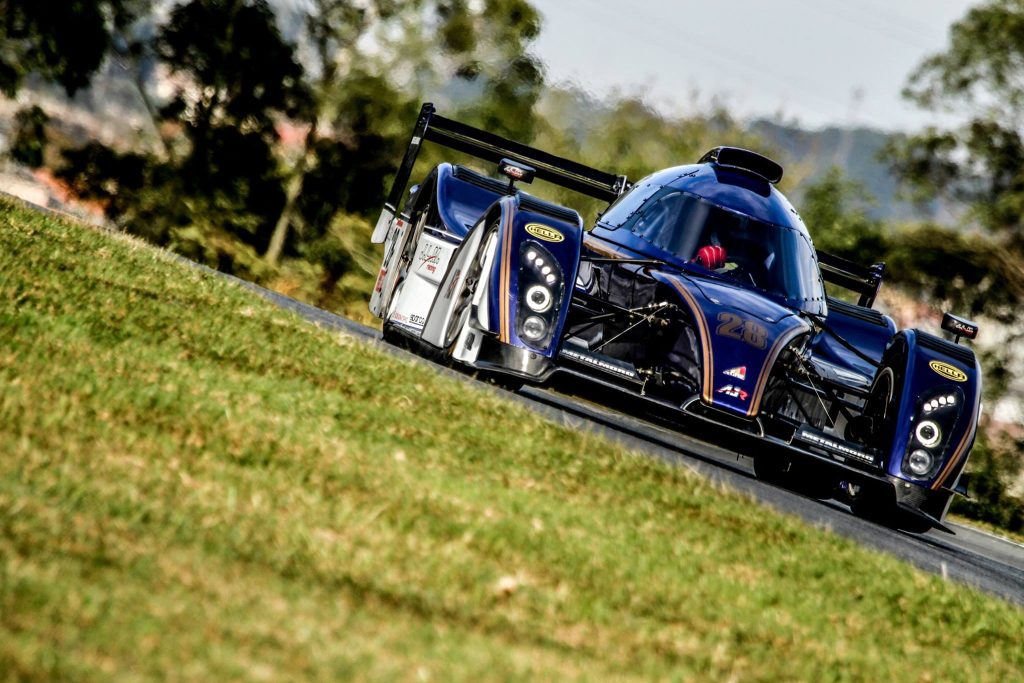
Metalmoro JLM AJR
Presented in 2017, the AJR was born from Juliano Moro’s idea to create an evolution of the MR18 prototype, with more refined aerodynamics. However, the end result was a car with a completely new chassis and refined aerodynamics, which marked the beginning of a new era for Brazilian prototypes. In its debut season, AJR achieved pole position in all stages in which it participated, and its first victory in the championship’s closing race, in Tarumã. Since then, the AJR has remained the fastest car in Brazil, holding the record at several race tracks across the country.
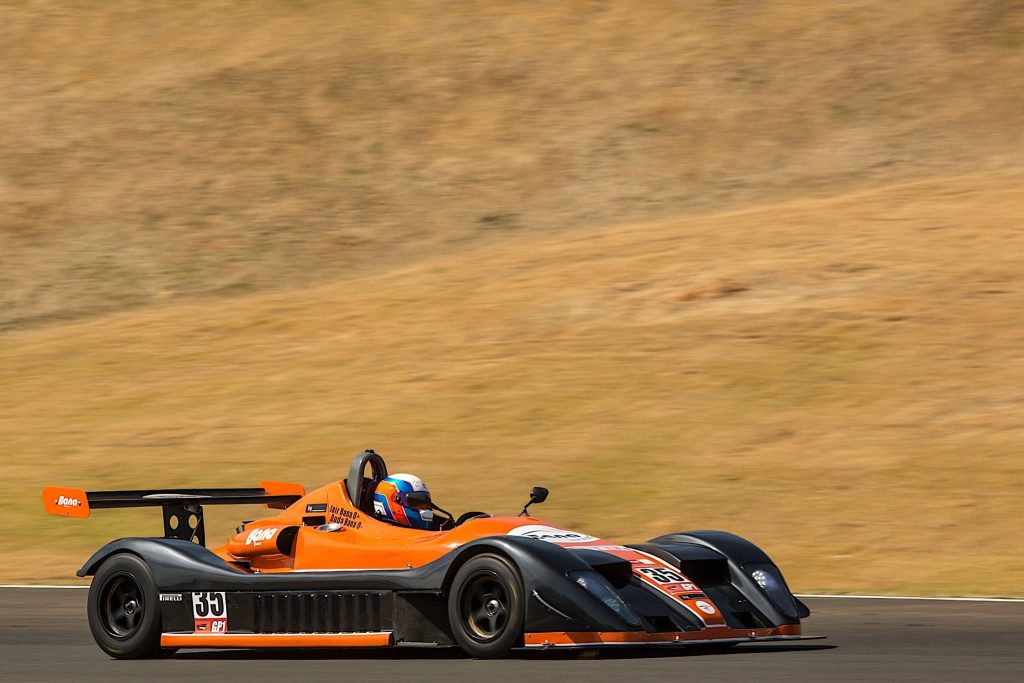
Predador
The Predador is an one-off project created by drivers Jair and Carlos Eduardo Bana. After competing with Aldee Spyder models for some time (even winning the Brazilian Mille Miglia in 1999), father and son teamed up with the Aldee’s creator, Almir Donato, to create a new prototype. Of conventional tubeframe construction, the model was initially equipped with a GM 2.0 16V NA engine, and has always been one of the fastest prototypes in the country, capable of competing on equal footing with the best MRX, having won several major eventis, including two editions of the 500 Miles of Londrina (2010 and 2017). Since 2015, the prototype has been equipped with an Audi Turbo engine, and racing at a handful of events between the 2015 and 2017 seasons, always been among the fastest GP1 cars on the track, despite having suffered reliability problems in its debut season.
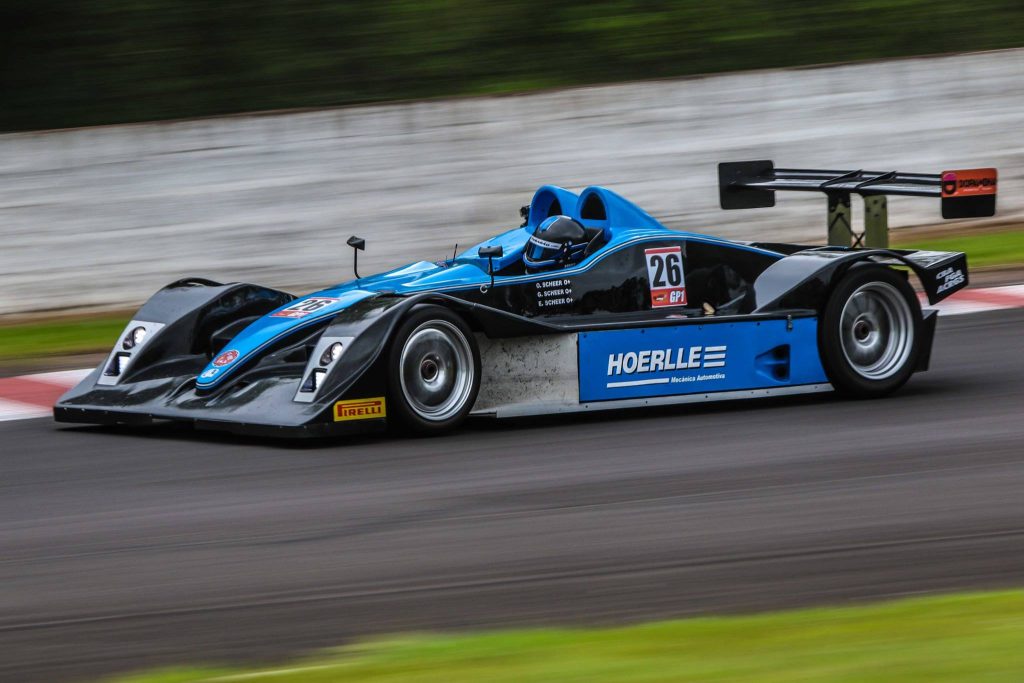
Proto V8
Initially created by pilots Paulo César and Edson Machado, the Proto V8 was originally born as the Horus V8 and would have debuted at the 500 Miles of Londrina in 2010, but the debut actually took place only in 2014 at the 12 Hours of Tarumã, after the model was acquired by traditional MC Tubarão team and transformed into Tubarão X. Hardships during development meant that the prototype made just a few appearances on the track, with highlight to the victory in the 800 Kilometers of Pinhais in 2015. Renamed Proto V8 in 2017, the car then participated in the 3 Hours of Tarumã, the closing round of the season, obtaining an excellent second place in the general classification and in the GP1 class.
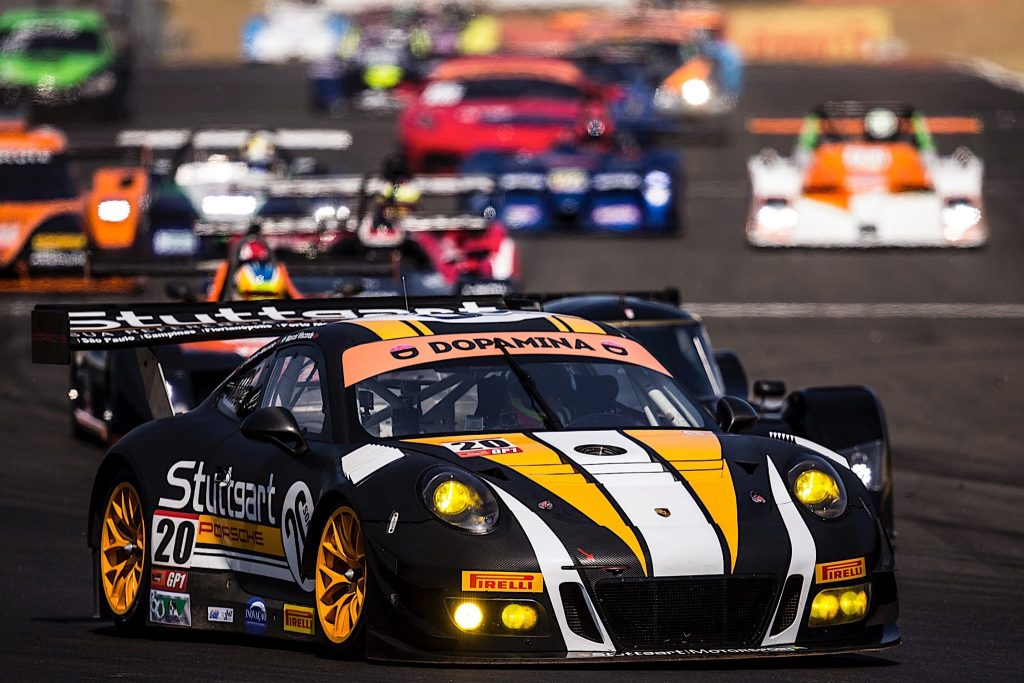
Porsche 911 GT3 R (991.1)
Until the 2016 season, Endurance Brasil’s GT3 models were older cars, still from GT3 Brasil, but the arrival of the Porsche 991.1 GT3 R, a car that had been launched globally just a year before, represented a new era among GTs such as as AJR’s debut. Such was the impact that, despite being a GT compared to lighter prototypes with similar power, the Stuttgart Porsche team car achieved 5 victories in the 7 rounds contested in that season, securing the GP1 class title and the overall title for Marcel Visconde and Ricardo Maurício.
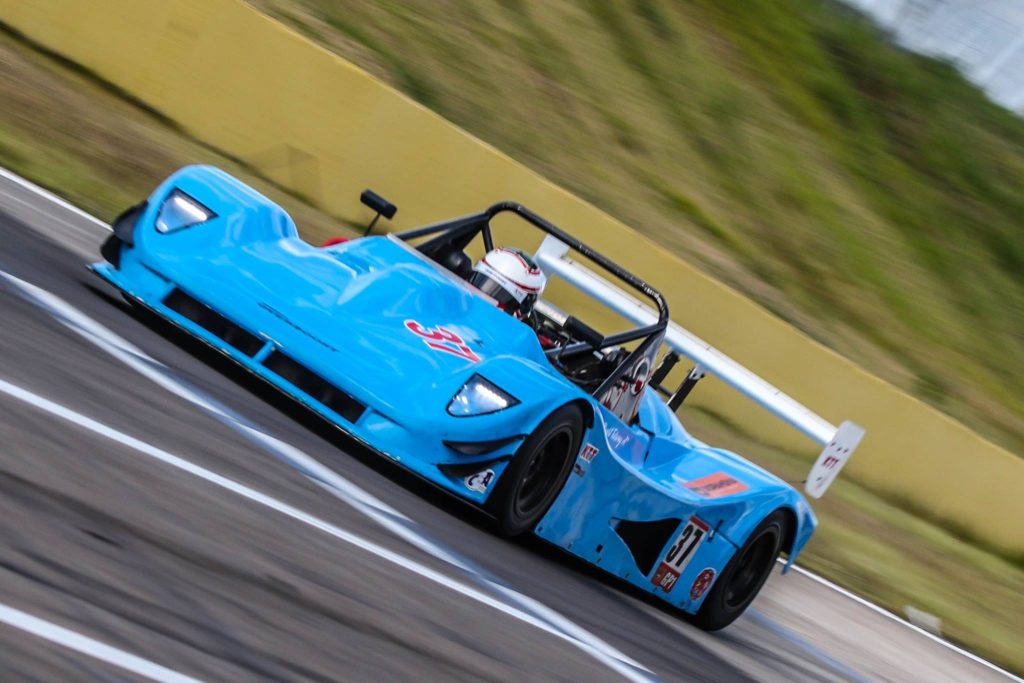
Veloztech Scorpion
Manufactured by Veloztech, a Cefas de Oliveira company founded in 1999 to manufacture Espron prototypes, the Scorpion was developed in 2004 in partnership with Faculdade Oswaldo Cruz for class 3 of the Brazilian Endurance Championship. Originally equipped with an Opel 2.0 16V engine and Hewland Mk9 transmission, the Scorpius arrived at Endurance Brasil at the hands of the KTT Racing team, with Englishman Stuart Turvey as its driver. In the P3 configuration, the blue prototype only competed in the 2 Hours of Guaporé in 2015, as it later changed its engine to a Hayabusa Turbo set, returning in the GP1 class in 2017, where it proved to be an extremely fast car, but suffered from several problems. reliability.
All Champions

All Race Winners
